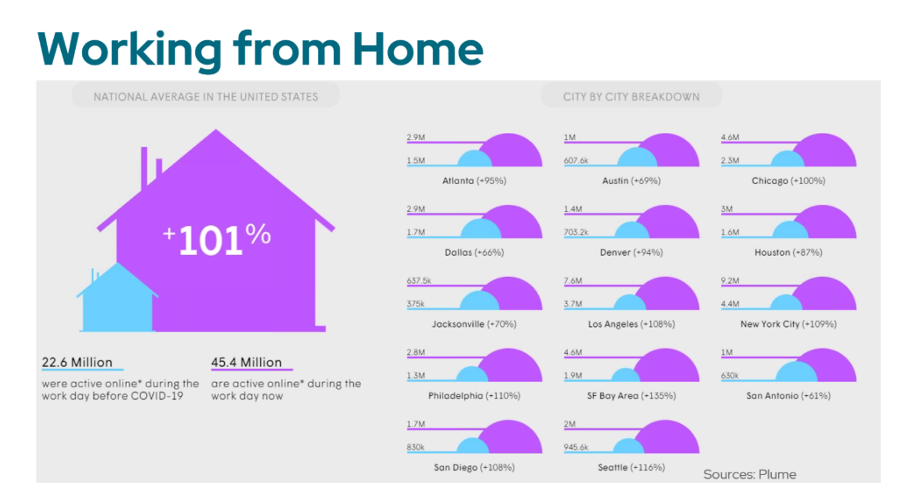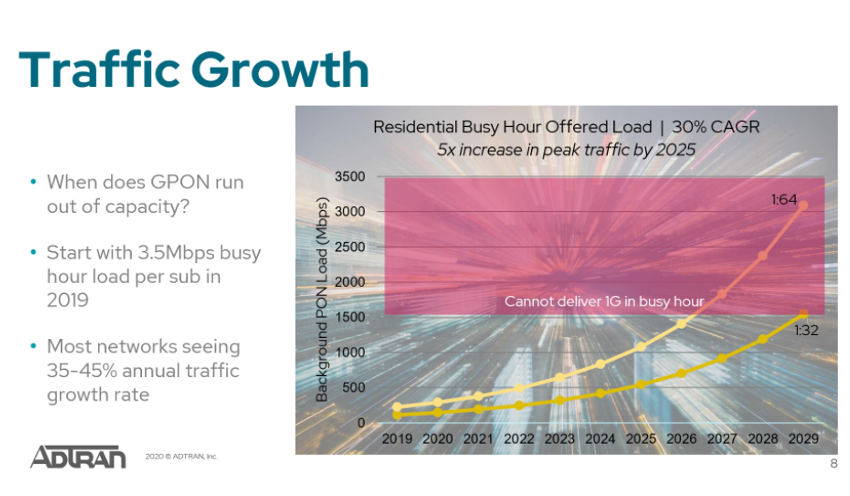Passive Optical Networks Need to Transform As More Americans Rely on Fiber at Home
May 7, 2020 – Current passive optical network technology will have to transform if it wants to survive, said Adtran product line manager Javier Lopez in a Thursday webinar hosted by the Fiber Broadband Association. The coronavirus pandemic has created a traffic surge that gives a glimpse into the














Member discussion